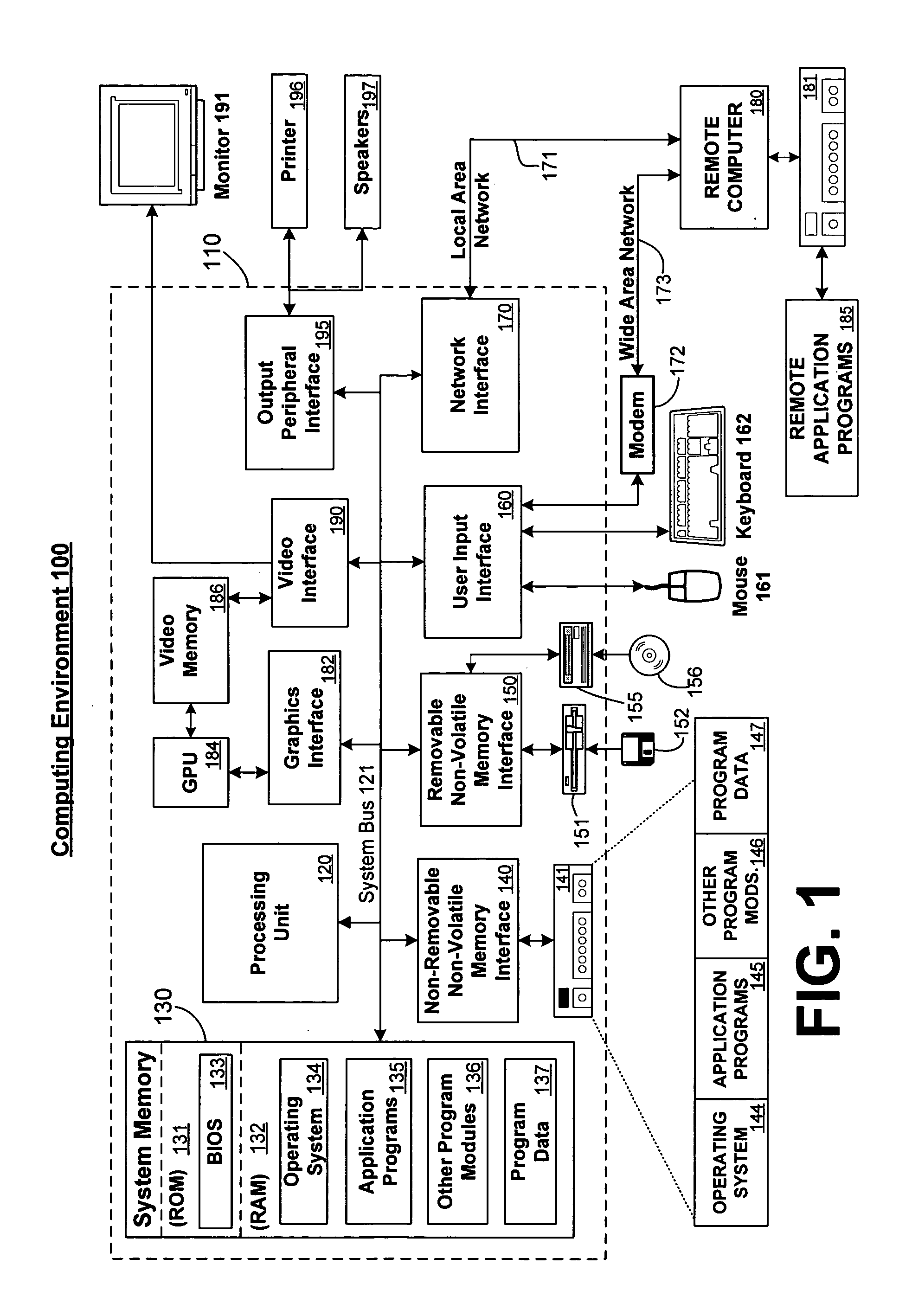Creating secure process objects
a process object and process technology, applied in the field of computers, can solve the problems of reducing affecting the security of the system, and affecting the operation of the operating system, so as to reduce the number of system calls and context switches involved
- Summary
- Abstract
- Description
- Claims
- Application Information
AI Technical Summary
Benefits of technology
Problems solved by technology
Method used
Image
Examples
Embodiment Construction
Overview
[0023] A process may be an operating system object that is used to track and manage a program while it is executing. A process may be viewed as a container for an address space and a set of resources (e.g., a handle table and so on, used when executing an instance of a program), to which executable units (threads) are added. A process comprises a private virtual address space, (a set of virtual memory addresses that the process can use), an executable form of a program, which defines initial code and data and is mapped into the process's virtual address space, a list of open handles to various system resources, such as semaphores, communication ports and files that are accessible to all threads in the process, a security context called an access token that identifies the user, security groups and privileges associated with the process, a unique identifier called a process ID (internally called a client ID) and zero or more threads of execution.
[0024] In some existing comp...
PUM
 Login to View More
Login to View More Abstract
Description
Claims
Application Information
 Login to View More
Login to View More - R&D
- Intellectual Property
- Life Sciences
- Materials
- Tech Scout
- Unparalleled Data Quality
- Higher Quality Content
- 60% Fewer Hallucinations
Browse by: Latest US Patents, China's latest patents, Technical Efficacy Thesaurus, Application Domain, Technology Topic, Popular Technical Reports.
© 2025 PatSnap. All rights reserved.Legal|Privacy policy|Modern Slavery Act Transparency Statement|Sitemap|About US| Contact US: help@patsnap.com



